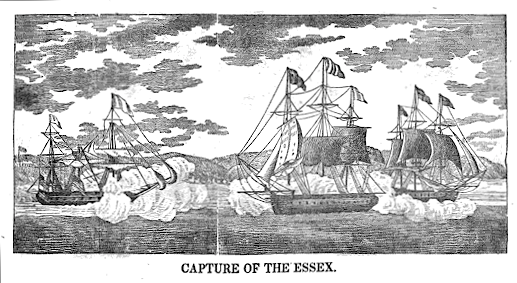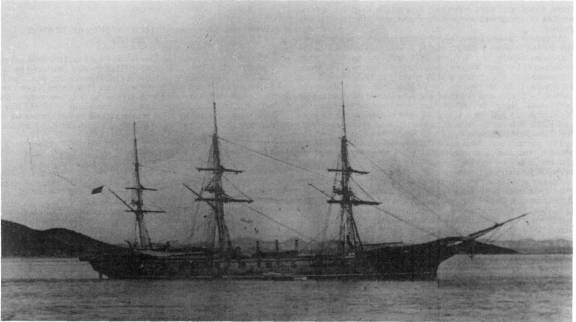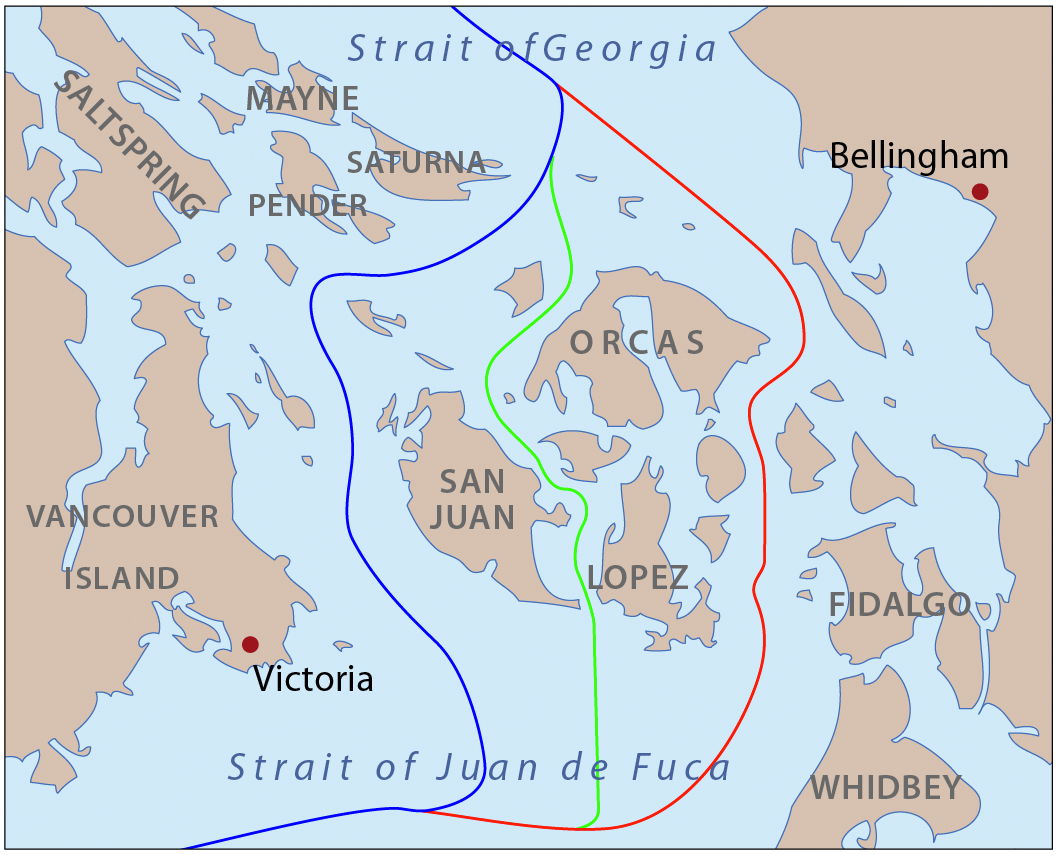|
William Hannam Henderson
Admiral Sir William Hannam Henderson, (20 June 1845 – 29 April 1931) was a British flag officer of the Royal Navy, and the first editor of '' The Naval Review''. Family background Henderson was born in the coastal village of Worth in Kent, the eldest of four sons born to John Henderson and Laura Catherine (née Hannam). His three brothers also served in the Navy; Reginald Friend Hannam Henderson became an Admiral, Frank Hannam Henderson a Vice-Admiral, and John Hannam Henderson, retired as a Commander. (John's son Sir Reginald G. H. Henderson also became an Admiral.) Naval career Henderson entered the Navy in 1859, aged 14, as a cadet aboard . From 1860 to 1864 he served aboard the 90-gun second rate ship of the line , flagship of Rear Admiral Sir Alexander Milne, and also the steam sloop ''Styx'', on the North America and West Indies Station, receiving promotion to sub-lieutenant in 1864. He then served aboard in the Channel Squadron. He was promoted to lieutenant on 1 ... [...More Info...] [...Related Items...] OR: [Wikipedia] [Google] [Baidu] |
Worth, Kent
Worth is a village and civil parish in the Dover District of Kent, England, situated near Sandwich, Kent, Sandwich. It has two public houses, a Church (building), church, and a school. According to the 2011 UK Census, Worth had a population of 992. Worth was supposedly first inhabited due to its fertile soils. This then eventually led to the cultivation of the land during the Norman conquest of England, Norman times by the Lords of the Eastry Manor. History According to Edward Hasted, Hasted in the 18th century, Worth was made up of three boroughs, only one of which making up the current village of the 21st century, Worth Street. In the Gazetteer of the British Isles in 1887, John Bartholomew described Worth as coastal parish and village. During the sixteenth century, the area was known for its redbrick style of housing, however the parish church of St Peter & St Paul's, depicted on the left, shows the signs of Norman work from the twelfth century. Name The parish name o ... [...More Info...] [...Related Items...] OR: [Wikipedia] [Google] [Baidu] |
Ship Of The Line
A ship of the line was a type of naval warship constructed during the Age of Sail from the 17th century to the mid-19th century. The ship of the line was designed for the naval tactic known as the line of battle, which depended on the two columns of opposing warships maneuvering to volley fire with the cannons along their broadsides. In conflicts where opposing ships were both able to fire from their broadsides, the opponent with more cannons firingand therefore more firepowertypically had an advantage. Since these engagements were almost invariably won by the heaviest ships carrying more of the most powerful guns, the natural progression was to build sailing vessels that were the largest and most powerful of their time. From the end of the 1840s, the introduction of steam power brought less dependence on the wind in battle and led to the construction of screw-driven wooden-hulled ships of the line; a number of purely sail-powered ships were converted to this propulsion mech ... [...More Info...] [...Related Items...] OR: [Wikipedia] [Google] [Baidu] |
Eclipse-class Sloop
The ''Eclipse'' class was a class of seven 6-gun wooden screw sloops built for the Royal Navy between 1867 and 1870. They were re-armed and re-classified as 12-gun corvettes in 1876. Two further vessels were proposed but never ordered. Design A development of the , they were designed by Edward Reed, the Royal Navy's Director of Naval Construction. The hull was of wooden construction, but with iron cross-beams, and a ram bow was fitted.Winfield, pp. 290–91 Propulsion Propulsion was provided by a two-cylinder horizontal steam engine driving a single screw. ''Spartan'', ''Sirius'' and ''Tenedos'' had compound steam engines, and the remainder of the class had single-expansion steam engines. Sail plan All the ships of the class were built with a ship rig A full-rigged ship or fully rigged ship is a sailing vessel's sail plan with three or more masts, all of them square-rigged. A full-rigged ship is said to have a ship rig or be ship-rigged. Such vessels also have eac ... [...More Info...] [...Related Items...] OR: [Wikipedia] [Google] [Baidu] |
Pacific Station
The Pacific Station was created in 1837 as one of the geographical military formations into which the Royal Navy divided its worldwide responsibilities. The South America Station was split into the Pacific Station and the South East Coast of America Station. History The British Pacific Squadron was established in 1813 to support British interests along the eastern shores of the Pacific Ocean at Valparaíso, Chile. In 1837, when the South America station was split, this responsibility was passed to the Commander-in-Chief, Pacific. In 1843, Lord George Paulet, George Paulet, captain of , took her out from Valparaíso to Honolulu to demand the islands of the Kingdom of Hawaii for Britain. King Kamehameha III capitulated and signed the islands over to Paulet. In the summer of that year, Rear-Admiral Richard Darton Thomas set out from Valparaíso in to rein Paulet in. On 31 July 1843, Thomas assured the King that the occupation was over and that there was no Paulet Affair (1843) ... [...More Info...] [...Related Items...] OR: [Wikipedia] [Google] [Baidu] |
Screw Sloop
A screw sloop is a propeller-driven sloop-of-war. In the 19th century, during the introduction of the steam engine, ships driven by propellers were differentiated from those driven by paddle-wheels by referring to the ship's ''screws'' (propellers). Other propeller-driven warships included screw frigates and screw corvette A corvette is a small warship. It is traditionally the smallest class of vessel considered to be a proper (or " rated") warship. The warship class above the corvette is that of the frigate, while the class below was historically that of the slo ...s. See also * CSS ''Alabama'' * USS ''Alaska'' * USS ''Contoocook'' * HMS ''Gannet'', now a museum ship. * USS ''Housatonic'', sunk by the first successful submarine attack. * USS ''Wyoming'' * * Ship types {{navy-stub ... [...More Info...] [...Related Items...] OR: [Wikipedia] [Google] [Baidu] |
Geoffrey Hornby
Admiral of the Fleet Sir Geoffrey Thomas Phipps Hornby GCB (10 February 1825 – 3 March 1895) was a Royal Navy officer. As a junior officer, he saw action at the capture of Acre in November 1840 during the Egyptian–Ottoman War. As a captain, he was assigned to Vancouver Island with a naval brigade where he found a unit of United States troops ready to take over the San Juan Islands in a dispute that became known as the Pig War. Hornby used his powers of diplomacy to facilitate a peaceful handover of the islands to the United States. Hornby went on to be Commander-in-Chief, West Africa Squadron, Commander-in-Chief of the Flying Squadron and then Commander-in-Chief, Channel Squadron. After that he became Commander-in-Chief, Mediterranean Fleet, President of the Royal Naval College, Greenwich and finally Commander-in-Chief, Portsmouth. Early career Born the son of Admiral Sir Phipps Hornby and Sophia Maria Hornby (daughter of General John Burgoyne), Hornby was educated at ... [...More Info...] [...Related Items...] OR: [Wikipedia] [Google] [Baidu] |
Flying Squadron (United Kingdom)
The Flying Squadron was a Royal Navy squadron formed at least three times. Its first formation existed from June 1869-November 1870. First formation, 1869-70 The first Flying Squadron was established in 1869. It was made up, at various times, of ten wooden ships with auxiliary steam power. The squadron sailed from Plymouth on 19 June 1869. It called at Madeira, South America, South Africa, Melbourne, Sydney, and Hobart in Australia, Auckland, Wellington, and Lyttleton in New Zealand, Japan, Canada Hawaii, and Bahia in Brazil, before returning to England on 15 November 1870.https://www.pdavis.nl/Flying.htm, accessed April 2020. Rear-Admiral Geoffrey Hornby commanded the squadron from 19 June 1869 – 15 November 1870, flying his flag from . Other ships of the squadron included , (left at Bahia), , (left at Esquimalt), , , , and . Between 1866 and 1870, served in the Pacific with the Commander-in-Chief, China. She joined the Flying Squadron at Valparaiso in Chile, sailing ... [...More Info...] [...Related Items...] OR: [Wikipedia] [Google] [Baidu] |
HMNB Portsmouth
His Majesty's Naval Base, Portsmouth (HMNB Portsmouth) is one of three operating bases in the United Kingdom for the Royal Navy (the others being HMNB Clyde and HMNB Devonport). Portsmouth Naval Base is part of the city of Portsmouth; it is located on the eastern shore of Portsmouth Harbour, north of the Solent and the Isle of Wight. Until the early 1970s, it was officially known as Portsmouth Royal Dockyard (or HM Dockyard, Portsmouth); thereafter the term 'Naval Base' gained currency, acknowledging a greater focus on personnel and support elements alongside the traditional emphasis on building, repairing and maintaining ships. In 1984 Portsmouth's Royal Dockyard function was downgraded and it was formally renamed the 'Fleet Maintenance and Repair Organisation' (FMRO). The FMRO was privatized in 1998, and for a time (from 2002 to 2014), shipbuilding, in the form of Shipbuilding#Modern shipbuilding manufacturing techniques, block construction, returned. Around 2000, the designat ... [...More Info...] [...Related Items...] OR: [Wikipedia] [Google] [Baidu] |
Lieutenant (navy)
LieutenantThe pronunciation of ''lieutenant'' is generally split between , , generally in the United Kingdom, Ireland, and Commonwealth countries, and , , generally associated with the United States. See lieutenant. (abbreviated Lt, LT (U.S.), LT(USN), Lieut and LEUT, depending on nation) is a commissioned officer rank in many English-speaking nations' navies and coast guards. It is typically the most senior of junior officer ranks. In most navies, the rank's insignia may consist of two medium gold braid stripes, the uppermost stripe featuring an executive curl in many Commonwealth of Nations; or three stripes of equal or unequal width. The now immediately senior rank of lieutenant commander was formerly a senior naval lieutenant rank. Many navies also use a subordinate rank of sub-lieutenant. The appointment of "first lieutenant" in many navies is held by a senior lieutenant. This naval lieutenant ranks higher than an army lieutenants; within NATO countries the naval rank ... [...More Info...] [...Related Items...] OR: [Wikipedia] [Google] [Baidu] |
Channel Squadron
Channel, channels, channeling, etc., may refer to: Geography * Channel (geography), in physical geography, a landform consisting of the outline (banks) of the path of a narrow body of water. Australia * Channel Country, region of outback Australia in Queensland and partly in South Australia, Northern Territory and New South Wales. * Channel Highway, a regional highway in Tasmania, Australia. Europe * Channel Islands, an archipelago in the English Channel, off the French coast of Normandy * Channel Tunnel or Chunnel, a rail tunnel underneath the English Channel * English Channel, called simply "The Channel", the part of the Atlantic Ocean that separates Great Britain from northern France North America * Channel Islands of California, a chain of eight islands located in the Pacific Ocean off the coast of Southern California, United States * Channel Lake, Illinois, a census-designated place in Lake County, Illinois, United States * Channels State Forest, a state forest in Virgini ... [...More Info...] [...Related Items...] OR: [Wikipedia] [Google] [Baidu] |
Sub-lieutenant
Sub-lieutenant is usually a junior officer rank, used in armies, navies and air forces. In most armies, sub-lieutenant is the lowest officer rank. However, in Brazil, it is the highest non-commissioned rank, and in Spain, it is the second highest non-commissioned rank. As a naval rank, a sub-lieutenant usually ranks below a lieutenant. Armies and air force rank In France, a sub-lieutenant () is the junior commissioned officer in the army or the air force. He wears a band in the colour of his corps (e.g. gold for infantry, silver for armoured cavalry, etc.). During the 18th century a rank of existed in the French Navy. It was the equivalent of the master's mate rank of the Royal Navy. It is now replaced by the rank of "first ensign" (). An Argentinian sub-lieutenant wears a single silver sun on each shoulder, Brazilian sub-lieutenants are the most senior non-commissioned rank (called Sub-Officer in the Navy and Air force), wearing a golden lozenge. In Mexico, the sub-lieute ... [...More Info...] [...Related Items...] OR: [Wikipedia] [Google] [Baidu] |
National Maritime Museum
The National Maritime Museum (NMM) is a maritime museum in Greenwich, London. It is part of Royal Museums Greenwich, a network of museums in the Maritime Greenwich World Heritage Site. Like other publicly funded national museums in the United Kingdom, it has no general admission charge; there are admission charges for most side-gallery temporary exhibitions, usually supplemented by many loaned works from other museums. Creation and official opening The museum was created by the National Maritime Museum Act 1934 under a Board of Trustees, appointed by HM Treasury. It is based on the generous donations of Sir James Caird (1864–1954). King George VI formally opened the museum on 27 April 1937 when his daughter Princess Elizabeth accompanied him for the journey along the Thames from London. The first director was Sir Geoffrey Callender. Collection Since the earliest times Greenwich has had associations with the sea and navigation. It was a landing place for the Romans, Henry ... [...More Info...] [...Related Items...] OR: [Wikipedia] [Google] [Baidu] |






